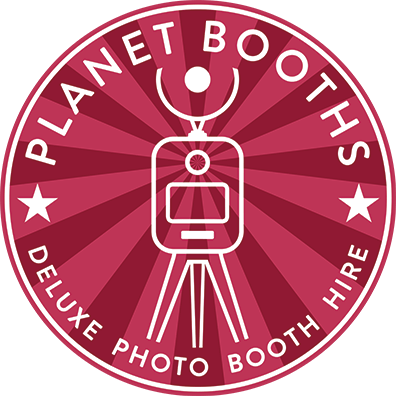The history of the photo booth stretches back over 131 years, during a time when the world of photography itself was rapidly changing.
The First Photo Booth Is Older Than You Think
Whenever we think of photo booths and automatic photography machines, we often see them as pretty modern inventions primarily used for passport photographs, social events and more recently for corporate photo booth hire as part of networking and team building.
However, the history of the photo booth stretches back over 131 years, during a time when the world of photography itself was rapidly changing.
There is contention regarding the original inventor of the machine, with a commonly repeated but unsourced claim that Baltimorians William Pope and Edward Poole filed the first patent for a machine that automatically took and developed photographs.
The first machine that worked and was demonstrated was showcased a year later at Exposition Universelle 1889 in Paris. The 1889 World’s Fair was the original reason for the construction of the Eiffel tower and showcased a range of new technological marvels, including the photographic machine.
Invented by T. E. Enjalbert, the coin-operated device used the cheaper ferrotype system of photography, needed six seconds of exposure and then five minutes to frame and deliver the ferrotype itself.
Whilst a marvel at the time, it was incredibly unreliable and most of the pictures it produced were indecipherable.
The first machine that had any level of success was the Bosco Automat in 1890, a similar device that cut the wait time in half and did have some success at amusement parks and fairs as a novelty, as well as being used as a cheap way to get passport photographs and portraits.
The first modern photo booth and the one that set the standard for how they were used for nearly a century was created by Anatol Josepho, who patented the Photomaton and made millions in the process.
